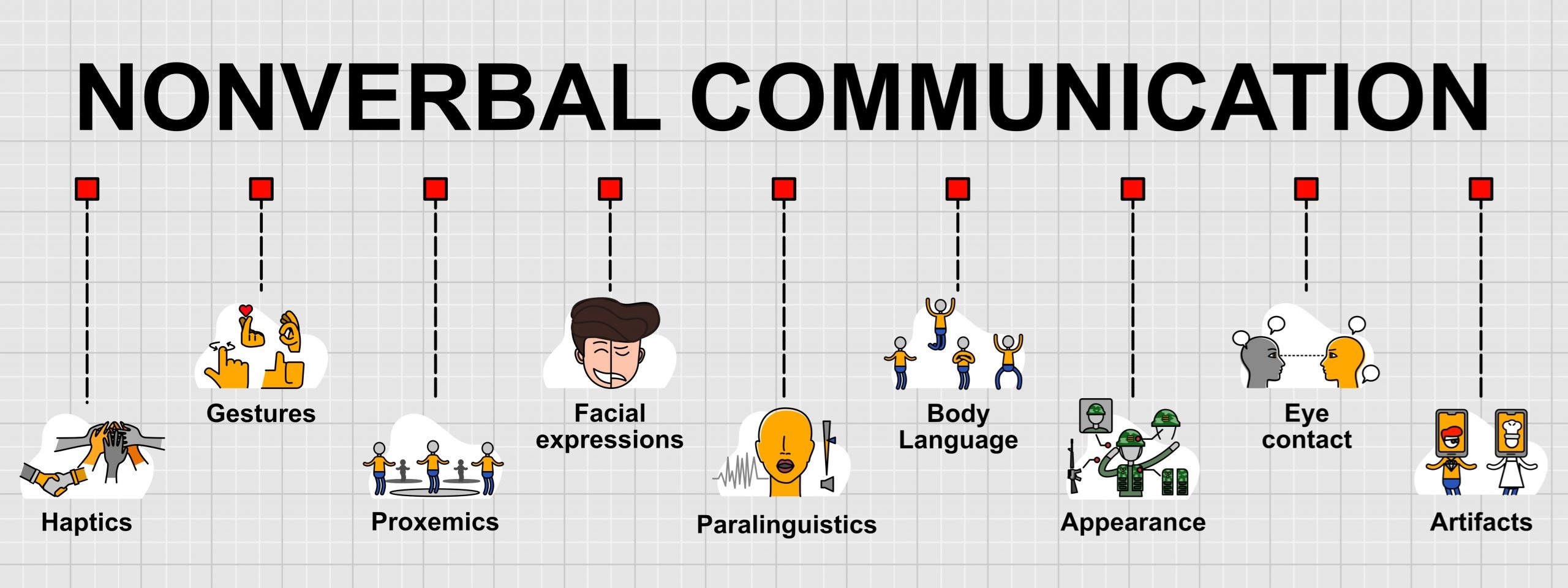Introduction:
Public speaking can be a daunting task for many individuals. However, with the right skills and strategies, anyone can become a confident and effective public speaker. Whether you are a business professional, a student, or simply someone looking to improve their communication skills, mastering the art of public speaking can open numerous doors of opportunity. In this blog section, we will share valuable tips and strategies to help you develop your public speaking abilities and captivate any audience.
Section 1: Overcoming the Fear of Public Speaking
Public speaking anxiety is a common phenomenon experienced by many individuals. Here are some effective strategies to help you overcome the fear and unleash your true potential as a speaker:

1. Understand your fear: Recognize that public speaking anxiety is natural and stems from a fear of judgement or failure. By acknowledging this fear, you can start working towards overcoming it.

2. Preparation is key: Thoroughly prepare your speech or presentation, and rehearse it multiple times. This will boost your confidence and reduce anxiety by making you more familiar with the content.

3. Visualize success: Imagine yourself delivering a successful speech. Visualizing positive outcomes can help re-frame your mindset and alleviate anxiety.
 4. Take deep breaths: Deep breathing exercises can help calm your nerves before speaking. Focus on slow, deep breaths to relax your body and mind.
4. Take deep breaths: Deep breathing exercises can help calm your nerves before speaking. Focus on slow, deep breaths to relax your body and mind.
Section 2: Effective Presentation Techniques
Now that you have conquered your fear, it’s time to focus on the art of delivering an effective presentation. Consider the following techniques to engage and captivate your audience:
1. Start strong and grab attention: Begin your speech with an attention-grabbing opening, such as a thought-provoking question, a compelling story, or a powerful quote. This will help to instantly captivate your audience.
2. Structure your speech: Organise your content in a logical and coherent manner, using clear transitions between ideas. A well-structured speech ensures that your audience can easily follow and understand your message.
3. Non-verbal communication:

Pay attention to your body language, facial expressions, and gestures. Maintain strong eye contact, use appropriate hand movements, and adopt an open and confident posture. Non-verbal cues play a significant role in conveying your message effectively.
4. Utilize visual aids:
Incorporating visual aids, such as slides or props, can enhance the delivery of your presentation. Use relevant images, graphs, or charts to support your key points. However, be cautious not to overload your slides with text, as it may distract your audience.
Section 3: Engaging with Your Audience
An effective public speaker knows how to connect and engage with their audience. Follow these strategies to create meaningful interactions:

1. Know your audience:
Research your audience beforehand to understand their demographics, interests, and expectations. Tailor your speech accordingly to meet their needs.
2. Use storytelling techniques:
Stories have a profound impact on capturing and retaining audience attention. Incorporate relatable anecdotes or examples to make your content more engaging and memorable.
3. Encourage audience participation:
Foster interaction through questions, polls, or small group discussions. Involving your audience creates a dynamic and participative environment, making them feel valued and invested in your presentation.
4. Stay authentic and passionate:
Show genuine enthusiasm and passion for your topic. Authenticity is key to building trust and connecting with your audience on a deeper level.
Section 4: Continuous Improvement and Practice
Finally, mastering the art of public speaking is an ongoing process. Here are some tips to keep refining your skills:

1. Seek feedback: After each speaking engagement, seek feedback from trusted individuals or use video recordings to assess your performance. Constructive criticism helps identify areas of improvement.
2. Join public speaking groups: Consider joining Toastmasters or other public speaking groups where you can practice in a supportive and constructive environment. These groups provide valuable opportunities for growth and learning.
3. Embrace opportunities: Look for opportunities to speak in public, such as volunteering for presentations at work or community events. The more you expose yourself to public speaking, the more confident and competent you will become.
Conclusion:
Mastering the art of public speaking takes time and practice. By overcoming fear, implementing effective techniques, engaging with your audience, and continuously working on self-improvement, you will develop the skills needed to become a powerful and confident public speaker. You can learn all these skills at IIMT University Meerut. At IIMTU each student is given specialised training sessions to Master the art of Public Speaking and gain success in his/her career. The successful students of IIMTU prove that IIMT University Meerut is the best private university in Meerut U.P. Come at IIMTU and become a master of your successful career.
REMEMBER, THE POWER TO CAPTIVATE AND INSPIRE LIES WITHIN YOU.

